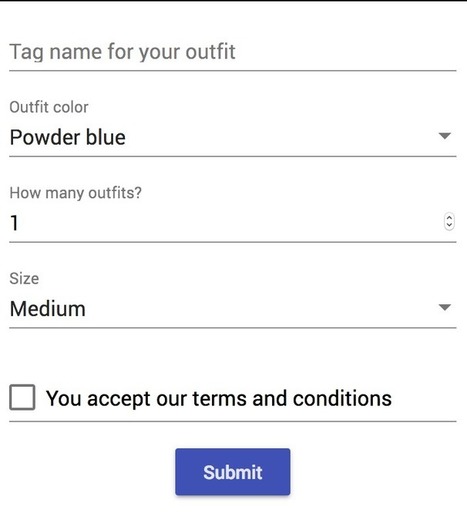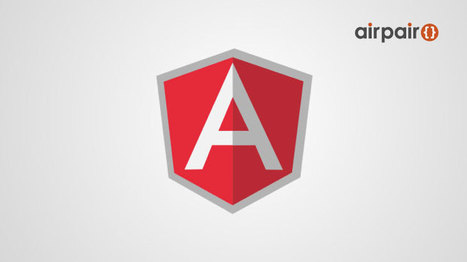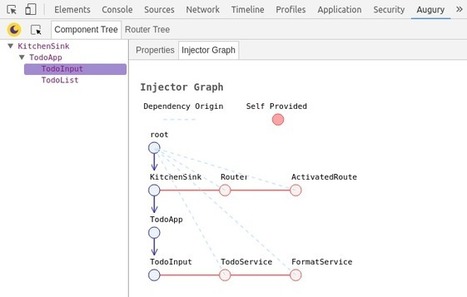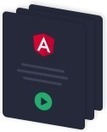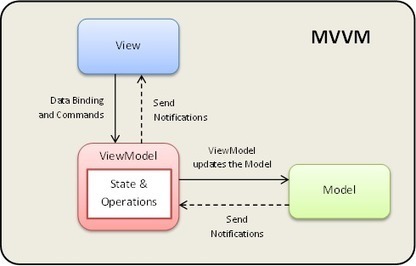You sure heard about Angular’s AsyncPipe haven’t you? It’s this handy little pipe that we can use from within our templates so that we don’t have to deal with unwrapping data from Observables or Promises imperatively. Turns out the AsyncPipe is full of little wonders that may not be obvious at first sight. In this article we like to shed some light on the inner workings of this useful little tool.
Research and publish the best content.
Get Started for FREE
Sign up with Facebook Sign up with X
I don't have a Facebook or a X account
Already have an account: Login
 Your new post is loading... Your new post is loading...
 Your new post is loading... Your new post is loading...
|
|






